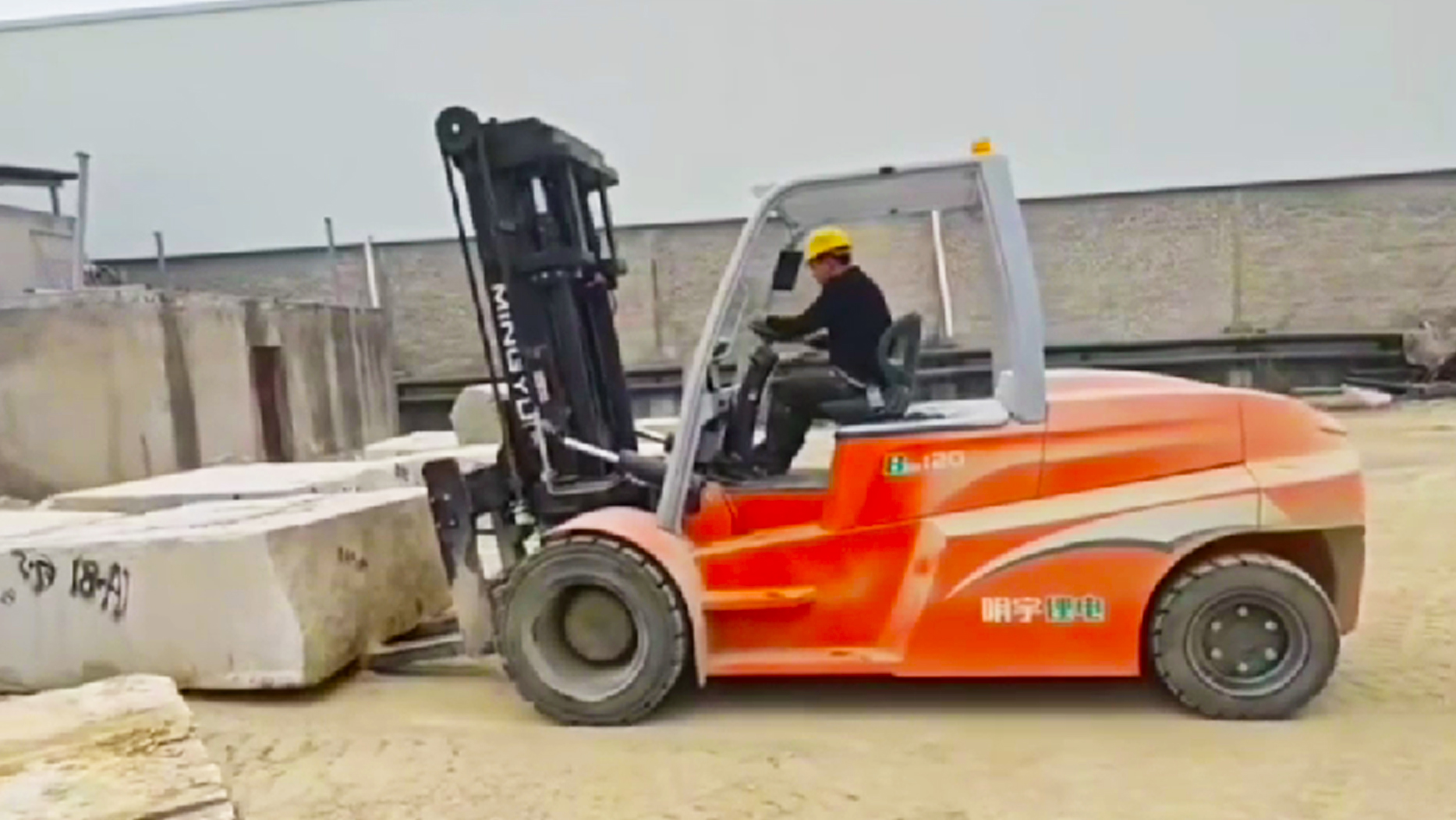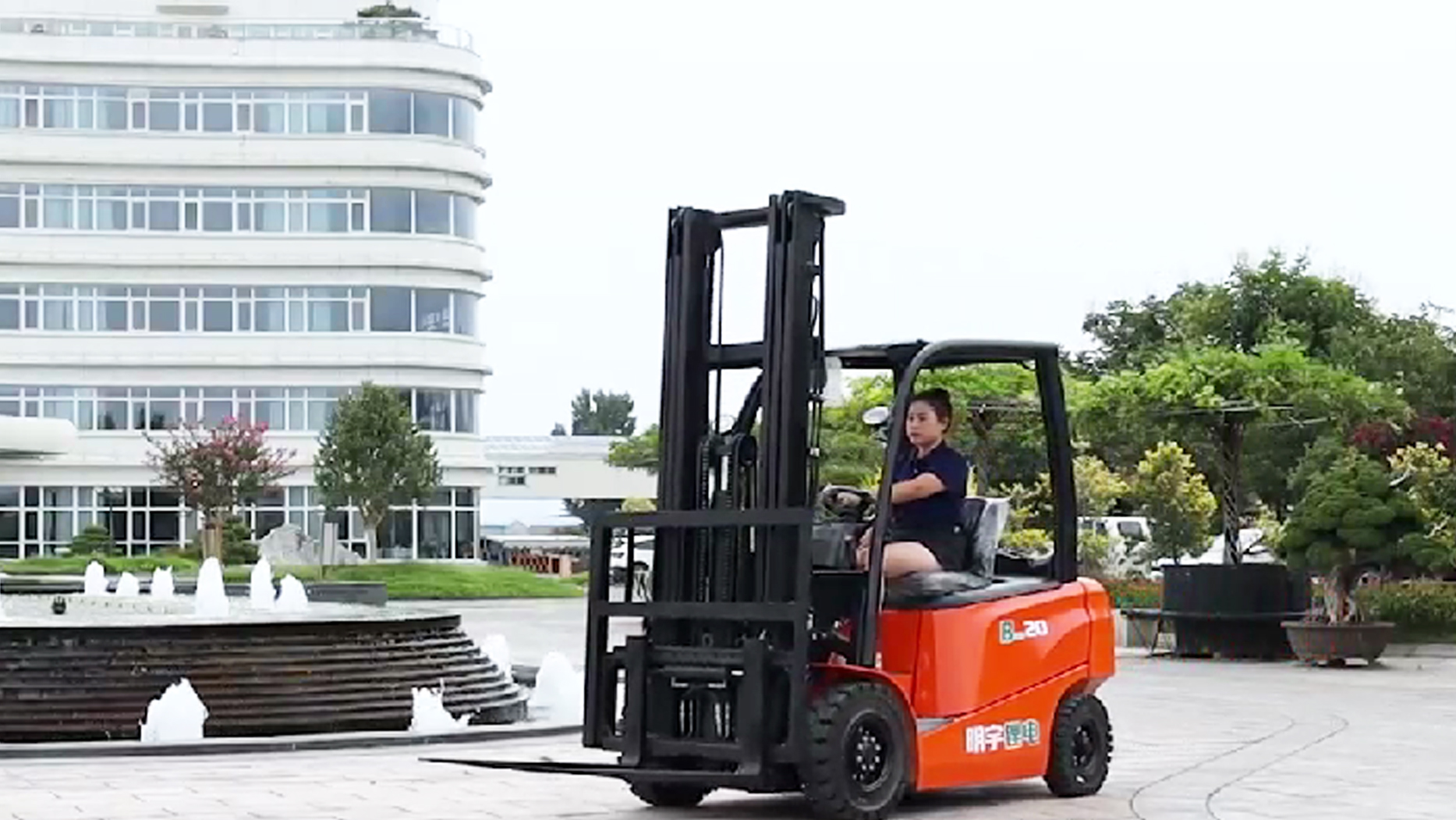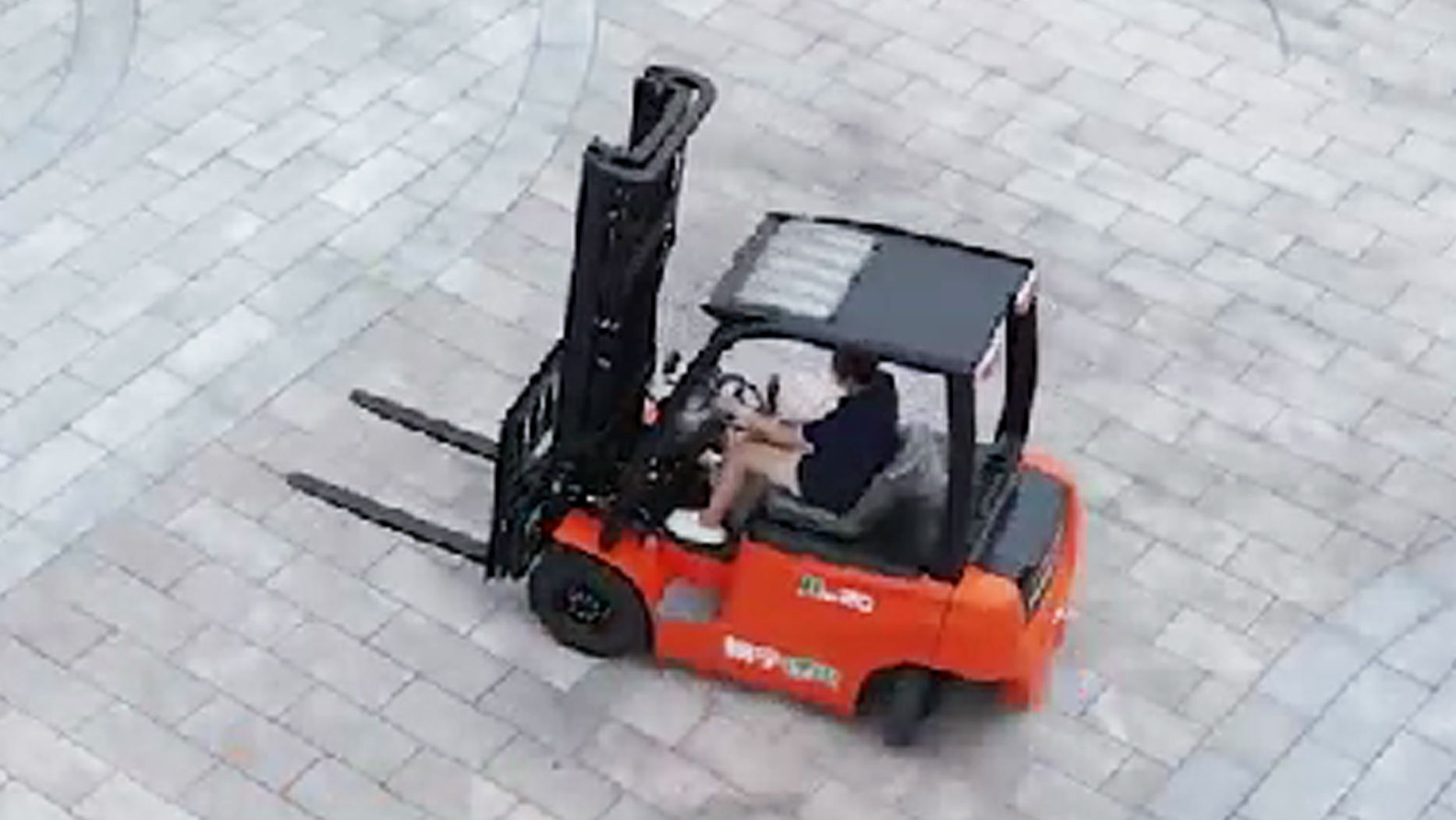I. Introduction
The forklift industry is undergoing a significant transformation with the increasing adoption of lithium-ion batteries. While traditional lead-acid batteries have long been the standard, lithium-ion technology offers numerous advantages, including faster charging times, longer lifespan, and improved energy efficiency. This shift is driven by the need for increased productivity, reduced operating costs, and a greater focus on environmental sustainability. This article provides a comprehensive guide to choosing the right lithium-ion battery for your forklift, covering key factors, application-specific needs, and long-term considerations.
II. Understanding Lithium-Ion Batteries
Lithium-ion batteries store energy through the movement of lithium ions between the anode and cathode. These batteries consist of several cells connected in series and/or parallel to achieve the desired voltage and capacity.
Different lithium-ion chemistries:
LFP (Lithium Iron Phosphate): Known for its safety, long lifespan, and thermal stability.
NMC (Nickel Manganese Cobalt): Offers a good balance of energy density and power.
NCA (Nickel Cobalt Aluminum): Provides high energy density, suitable for demanding applications.
Key terminology:
Voltage (V): The electrical potential difference between the positive and negative terminals.
Capacity (Ah): The amount of charge the battery can store.
Energy density (Wh/kg): The amount of energy stored per unit of mass.
C-rate: The rate at which the battery can be charged or discharged relative to its maximum capacity.
Safety features:
Battery Management Systems (BMS): Electronic systems that monitor and control the charging and discharging of the battery, protecting it from overcharge, over-discharge, and short circuits.
Thermal management: Systems that regulate the battery temperature to ensure optimal performance and safety.
III. Advantages of Lithium-Ion Batteries in electric forklifts
Lithium-ion batteries offer several compelling advantages over traditional lead-acid batteries in forklift applications:
Faster charging times and opportunity charging: Lithium-ion batteries can be rapidly charged, often within 1-2 hours, and can be opportunity charged during breaks, eliminating the need for battery swapping.
Longer lifespan and reduced maintenance: Lithium-ion batteries have a significantly longer lifespan than lead-acid batteries, lasting 2-3 times as long, and require no watering or regular maintenance.
Higher energy efficiency and lower operating costs: Lithium-ion batteries are more energy-efficient, resulting in lower electricity consumption and reduced operating costs.
Consistent performance and voltage output: Lithium-ion batteries maintain a more consistent voltage output throughout the discharge cycle, providing stable power to the forklift.
Environmental benefits: Lithium-ion batteries produce no emissions during operation and are more easily recyclable than lead-acid batteries.
IV. Factors to Consider When Choosing a Lithium-Ion Battery
Selecting the right lithium-ion battery for your forklift electric requires careful consideration of several factors:
Voltage and capacity requirements: The battery's voltage and capacity must match the forklift's electrical system and power requirements.
Energy density and run time: The battery's energy density determines its size and weight, while its capacity determines how long the forklift can operate on a single charge.
C-rate and charging capabilities: The battery's C-rate indicates how quickly it can be charged, and the charging system must be compatible with this rate.
Safety certifications and standards: Ensure the battery complies with relevant industry safety standards, such as UL 2580, to guarantee safe operation.
Battery Management System (BMS) features: A robust BMS is essential for monitoring battery health, protecting it from damage, and optimizing its performance.
V. Evaluating Application-Specific Needs
The specific needs of your forklift application will significantly influence your choice of lithium-ion battery:
Operational intensity: For single-shift operations, a smaller capacity battery may suffice, while multi-shift operations require a larger capacity battery and opportunity charging capabilities.
Warehouse environment: Extreme temperatures, high humidity, and poor ventilation can affect battery performance and lifespan, requiring batteries with robust thermal management systems.
Charging infrastructure and practices: Evaluate your on-site charging capabilities and determine whether opportunity charging or centralized charging is more suitable.
Future scalability and expansion: Consider your future power needs and choose a battery system that can be easily scaled to accommodate increased demands.
VI. Cost Analysis and Total Cost of Ownership
While lithium-ion batteries typically have a higher upfront cost than lead-acid batteries, a comprehensive cost analysis reveals their long-term economic advantages:
Initial investment: Compare the purchase price of lithium-ion batteries with lead-acid alternatives, considering factors like battery size, capacity, and features.
Operating costs: Lithium-ion batteries have lower operating costs due to reduced electricity consumption, minimal maintenance, and longer lifespan.
Long-term savings and ROI: Calculate the return on investment (ROI) over the battery's lifespan, factoring in savings on energy, maintenance, and replacement costs.
Government incentives and subsidies: Explore potential government incentives or subsidies that may be available for adopting lithium-ion technology.
VII. Supplier Selection and Support
Choosing a reputable and reliable supplier is crucial for ensuring a smooth transition to lithium-ion batteries:
Reputation and experience of the battery manufacturer: Select a manufacturer with a proven track record of producing high-quality, reliable lithium-ion batteries.
Warranty terms and conditions: Carefully review the warranty terms and conditions to understand the coverage and duration.
Technical support and after-sales service: Ensure the supplier offers comprehensive technical support, including installation assistance, training, and ongoing maintenance support.
Local availability and accessibility of batteries and parts: Consider the supplier's proximity and ability to provide timely delivery of batteries and replacement parts.
VIII. Installation and Integration
Proper installation and integration are essential for maximizing the performance and lifespan of your lithium-ion battery system:
Compatibility with existing electric forklift truck models and charging systems: Ensure the lithium-ion battery is compatible with your current forklift models and charging infrastructure.
Installation process and requirements: Understand the installation process, including any modifications or upgrades that may be required.
Training and support for operators and maintenance personnel: Provide adequate training for forklift operators and maintenance personnel on the safe and efficient use of lithium-ion batteries.
IX. Case Studies: Successful Implementations
Several companies have successfully adopted lithium-ion batteries in their forklift fleets, achieving significant benefits. For example:
A large distribution center reduced its forklift downtime by 50% and increased productivity by 20% by switching to lithium-ion batteries.
A cold storage facility improved its energy efficiency and lowered its operating costs by using lithium-ion batteries that perform reliably in low temperatures.
X. Future Trends in Lithium-Ion Battery Technology
The future of lithium-ion battery technology for forklifts is promising, with ongoing advancements expected in:
Advances in battery chemistry and energy density: Leading to even longer run times and faster charging.
Smart battery management and data analytics: Enabling more efficient battery management and predictive maintenance.
Wireless charging and automation: Simplifying charging processes and further automating forklift operations.
Post time:Apr.07.2025



